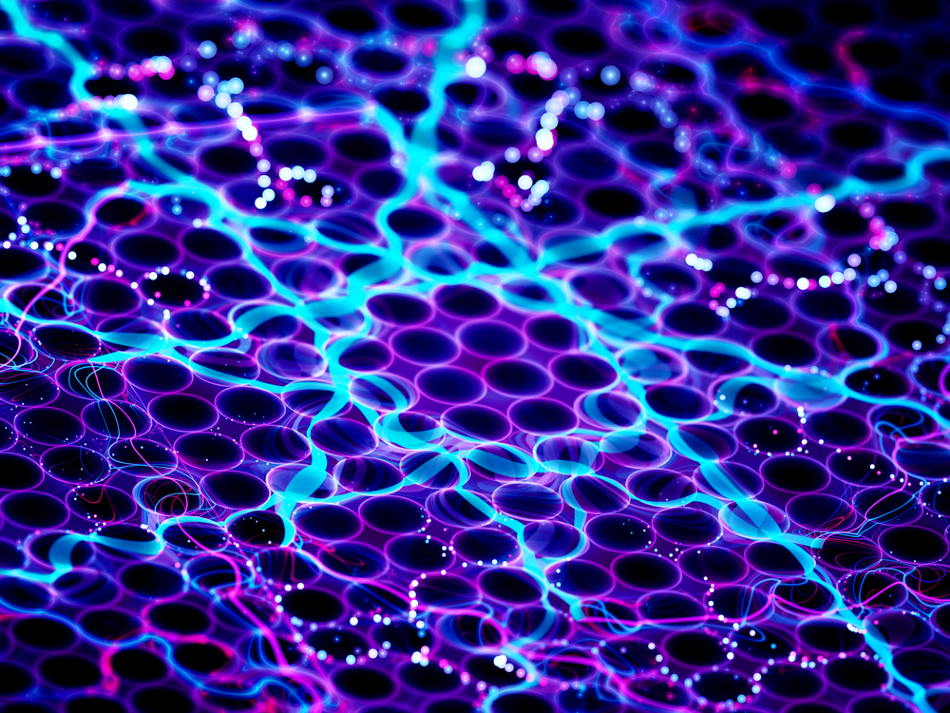
Image Credit: sakkmesterke/Shutterstock.com
Researchers from various institutions in China have created a system to generate 4D images in one snapshot, based on self-assembling liquid crystal microlenses. In a paper published in November 2019 in the journal ACS Nano, the team describes how they overcame the drawbacks of current 4D imaging technology to develop one that could feasibly be implemented in scientific and medical applications.
It is thought the invention may benefit the fields of medical imaging, diagnostics, biotechnology, and more, as well as scientific research.
4D Imaging Poses Benefits to Medical Imaging
The vast majority of images that are produced are in just two dimensions, however, adding extra dimensions to imaging techniques adds a wealth of information not previously available. When considering the vast number of applications of imaging in the medical sector, an improvement in imaging could be significant. Extra dimensions add essential sources of information to help with anything from diagnostics, to disease monitoring, and the development of new therapeutics.
Due to the huge benefits related to imaging in extra dimensions, it is unsurprising that 3D imaging technology has taken off, as it adds the vital depth required for these scientific and medical applications. 4D imaging technology, however, has yet to realize its full potential.
The problem with 4D imaging is that the equipment required to power it is often bulky and expensive. It’s also often not easy to run. However, the 4D imaging opens up even more possibilities than 3D imaging does, as it adds information regarding light polarization, meaning that it is of great value to explore ways to develop systems that make 4D imaging more cost-effective, simpler to run, less-bulky and portable.
The multi-institute team, involving researchers from Nanjing University and Nanjing Tech, recognized this need to create better 4D imaging systems, which acted as their motivation for the current project.
The Research
There is a major difference between polarized and unpolarized light that makes polarized light a great potential source of information. Sources that emit unpolarized light, such as the sun, give off light that contains waves that move in all directions. However, polarized light is made up of waves that undulate in just one plane. This difference allows scientists to know more about a scene that the human eye is unable to detect.
This is because light can become polarized through activities such as bouncing off objects. Therefore, detecting if the light is polarized or not can hold a great deal of information about the nature of the structures in an image, more so than could ever be achieved through 2D or 3D imaging.
In terms of medical imaging, the detection of polarized light could inform medical experts on where cancer cells exist within a sample being imaged. This is because cancer cells impact light differently than normal cells, reflecting polarized light in a different way than healthy tissue.
Simultaneously Acquiring 3D and Polarization Data
The team’s main aim was to develop a system capable of detecting polarization information, at the same time as capturing 3D space, while being portable, cost-effective, and simple to use.
The researchers used liquid crystals to develop their microlenses. This material is commonplace and found in almost all electronic displays. Using a self-assembly method, the liquid crystal microlenses were patterned into concentric circles. A polarized optical microscope was then used to image an array of different objects which were placed under linearly polarized light aimed in different directions.
The results showed that the microlenses were capable of creating different images of the objects dependent on both the lenses’ distance from the object, and the direction of the polarized light, demonstrating the ability of the microlenses to produce 4D information.
Overall, the study presented a viable system of 4D imaging that could potentially be used in medical imaging, or even in communications, remote sensing, display technology, information encryption and more. However, before this happens, the resolution will first need to be improved, which will be the next step for the team.
References and Further Reading
- Ma, L., Wu, S., Hu, W., Liu, C., Chen, P., Qian, H., Wang, Y., Chi, L. and Lu, Y. (2019). Self-Assembled Asymmetric Microlenses for Four-Dimensional Visual Imaging. ACS Nano, 13(12), pp.13709-13715. https://pubs.acs.org/doi/10.1021/acsnano.9b07104
Disclaimer: The views expressed here are those of the author expressed in their private capacity and do not necessarily represent the views of AZoM.com Limited T/A AZoNetwork the owner and operator of this website. This disclaimer forms part of the Terms and conditions of use of this website.